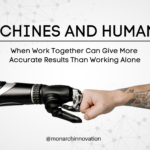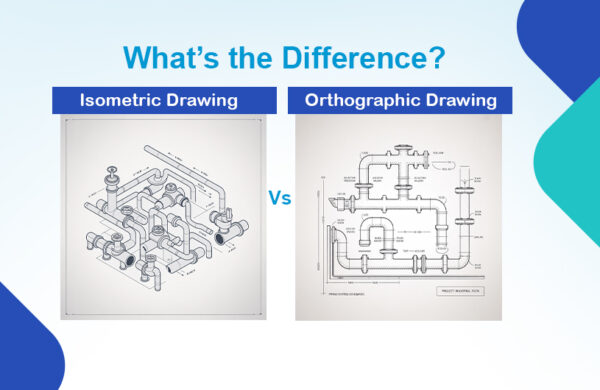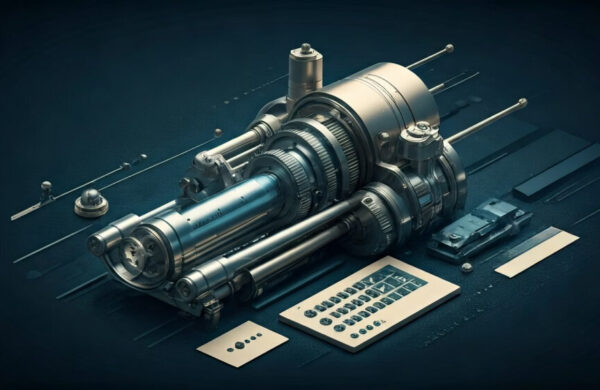Iterative design is a design methodology based on a cyclic process of prototyping, testing, analysing, and refining a product or process. Based on the results of testing the most recent iteration of a design, changes and refinements are made. This process is intended to ultimately improve the quality and functionality of a design. In iterative design, interaction with the designed system is used as a form of research for informing and evolving a project, as successive versions, or iterations of a design are implemented.
Iterative design can be used at any phase of the design process, including when the product has already been launched in the market and you are looking to create improvements in that product. However, it’s worth noting that the earlier in a product’s lifecycle that you implement iterative design, the more cost-effective the approach will be.
Iterative design process
The goal of iteration is to get closer to the answer, solution, or discovery with each repetition. The concept and the solution eventually converge, such as in a math function or a scientific discovery, because you progress toward your desired result each time you iterate or tweak the product.
The iterative process is widespread across many industries. Most Agile projects use an iterative approach, incrementally improving the product with each cycle or sprint. The end of one iteration becomes the starting point for the next round.
For example, think of Microsoft or Apple products. Using an iterative approach, these products are regularly updated with new features or benefits, minus some of the problems of previous editions. Even writers, musicians, and cooks use the iterative process to refine their creative work.
You can also use the iterative process when the final output or decision cannot be easily revoked (such as a jury verdict when many votes have to be taken to reach an agreement) or if the consequences of revoking the outcome could be emotionally and financially costly (such as a marriage) or have long-term implications (such as war).
Several instances of iterative design are as follows:
- Wiki: A wiki is a natural repository for iterative design. The ‘Page History’ facility allows tracking back to prior versions. Modifications are mostly incremental, and leave substantial parts of the text unchanged.
- Common law: The principle of legal precedent builds on experience. This makes law a form of iterative design where there should be a clear audit trail of the development of legal thought.
- Evolution: There is a parallel between iterative and the theory of natural Selection. Both involve a trial and error process in which the most suitable design advances to the next generation, while less suitable designs perish by the wayside. Subsequent versions of a product should also get progressively better as its producers learn what works and what doesn’t in a process of refinement and continual improvement.
Iterative Design Pattern
This is the initial concept. An idea has led to a design for a new product. The quality of this first design is not critically important because of the other steps in the process. It merely serves as a starting point regardless of how similar or different it is to the eventual result.
Prototype
There are only so many aspects of a product that can be observed accurately without a physical model. This is where prototyping comes in. Preferences tend to vary when it comes to prototyping. Rapid prototyping offers plenty of advantages, but other methods have unique benefits as well.
Evaluation
Assuming that the concept has already been proven, everything else about the prototype is dissected. What could be different? What could be better? Does something need to be added or removed? Is it free of hazards that could harm the end-user? All of these questions and more are useful at this stage.
Repeat
After an initial cycle of CAD design, prototyping, and evaluating, it’s time to take the observations from the evaluation stage and return to the design stage. Changes are made to the design, which leads to new prototypes, and these new prototypes need their evaluations.
Rapid prototyping
It is an analogy for proof of concept, the process of quickly creating the future state of a product, be it a website or an app, validating it with a group of users, stakeholders, developers and other designers.
The ‘rapid ’ part of the prototyping implies that this type of prototyping is quicker and cheaper than creating a full-blown version of your idea in code, the whole concept is based on setting an idea for the design team and iterating rapidly, which will provide the people a product which can be utilized to its maximum limit.
The process of rapid prototyping can be present in three stage :
- Prototyping
Creating a solution which can be reviewed or tested
- Reviewing
Giving prototype to users or stakeholders and gather their feedback , which helps you understand it better
- Refining
Based on the feedback that is received , identify the area which need to be refined or clarified
Product Design Service
Product design services providers allow businesses to outsource product development to an external team of experienced designers and engineers. Companies that offer product design services are capable of handling the entire product lifecycle, from ideation to manufacture. Product design companies employ industrial designers, user experience professionals, and engineers to cover every step of the product design process.
Conclusion
Deciding on whether to rapid prototyping services in your manufacturing process depends on your business needs. It all depends on what kind of prototyping you need. Simple projects it can do well, but for more complex and larger projects. Monarch Innovation is a leading design and engineering company in India with very dedicated minds and design solutions. If you are looking for 3D modelling services, product design then contact us here.





